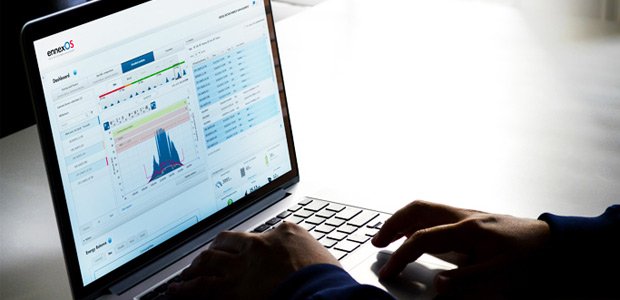Digital Electricity Market: Turning Consumers Into Prosumers

Digitalization will enable new opportunities and business models across the entire energy sector. In order to use the full potential, we will need innovative technological solutions. SMA CTO and COO Jürgen Reinert explains what impact this will have on system technology.
Digitalization of the energy supply system is proceeding rapidly. What does this mean for system technology?
As the energy supply becomes more and more decentralized and digitalized and local consumers transform into prosumers, the requirements for system technology are increasing significantly. To ensure that energy is used locally as far as possible and not fed into the utility grid in an unmanaged way, the different generators must be linked with storage systems and other sectors, such as heating, air conditioning and e-mobility, at the local level. At the grid level, it must be guaranteed at all times, that supply from small, decentralized generators and demand are on a par.
What are the specific challenges?
All energy sectors must be optimized completely automatically. In addition, we must bring energy supply and demand together in a directed way and enable decentralized power producers to provide frequency response, voltage control and reactive power services in smart grids. These are complicated tasks that require enormous technological expertise and longstanding experience. Leading companies from different industries will join forces to develop solutions that guarantee a secure and affordable energy supply, making it possible for all parties to take advantage of the new opportunities arising from the decentralization and digitalization of the energy supply.
What will be the role of SMA in this new energy supply system?
Technologically advanced and innovative companies like SMA will be able to fully use their strengths in this new system. With ennexOS, we have developed an open technological platform for all segments—residential, commercial and utility— that facilitates the monitoring of energy flows across all sectors. This includes photovoltaics and other power sources as well as heating, cooling, ventilation and stationary and mobile storage systems. Through an intelligent energy management solution, the next step will be to automatically optimize total energy costs at the local level and make it possible for prosumers to directly trade their energy. In the future, together with our strategic partners from other segments, we will develop these holistic digital solutions further, which will play a significant role in shaping the future energy system.
Thank you, Jürgen, for the interview.
Jürgen will discuss the future of the energy sector driven by flexible power generation, storage and digitalization in Europe on December 5 in Munich at SolarPower Europe and the International Battery & Energy Storage Alliance’s event Digital Solar & Storage.



PLEASE WILL YOU GIVE US THE PROCEDURE OF SWITCHING ON THE INVERTER WITHOUT REMOTE